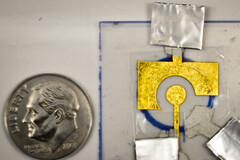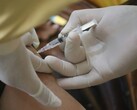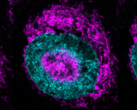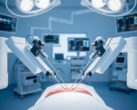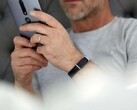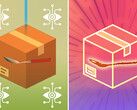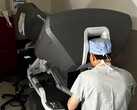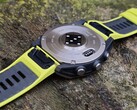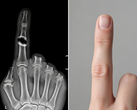A breakthrough at the Massachusetts Institute of Technology (MIT) could soon make sophisticated medical diagnostics as cheap and accessible as a blood glucose test. A research team has developed a 50-cent electrochemical sensor that can detect specific disease genes, and crucially, can be stored for up to two months at room temperature.
The technology uses a DNA-coated electrode and leverages a CRISPR-based enzyme, Cas12. When the sensor encounters a target gene from a virus or cancer cell, the enzyme activates and begins to shred the DNA on the electrode. This action creates a distinct electrical signal, confirming a positive result. While promising, a key challenge has been the fragility of the DNA coating, which previously limited the sensors' shelf-life to only a few days.
The MIT team, led by Professor Ariel Furst, solved this by applying a simple, inexpensive coating of polyvinyl alcohol (PVA), a common polymer. The PVA acts like a protective tarp, stabilizing the delicate DNA and allowing the sensors to be stored and shipped without refrigeration. After two months in storage at temperatures up to 150 °F (65.56 °C), the team confirmed the sensors could still accurately detect a gene associated with prostate cancer.
Our focus is on diagnostics that many people have limited access to, and our goal is to create a point-of-use sensor. People wouldn’t even need to be in a clinic to use it. You could do it at home. — Professor Ariel Furst.
The versatility of the platform means it can be adapted to test for a wide range of infectious diseases, such as HIV and HPV, and various cancers using samples like urine or saliva. A group from Furst’s lab is now launching a startup through MIT’s delta v accelerator to begin testing the durable sensors with patient samples in real-world environments.
Did you know? H. pylori, a bacterium that has infected more than 50% of the global population, is the leading cause of stomach cancer. It is even classified as a Group 1 carcinogen. The good news is H. pylori infection is treatable — and early diagnosis can significantly lower the risk of cancer. NewPos Self-test Kit (curr. $19.99 on Amazon) can help you do just that.




